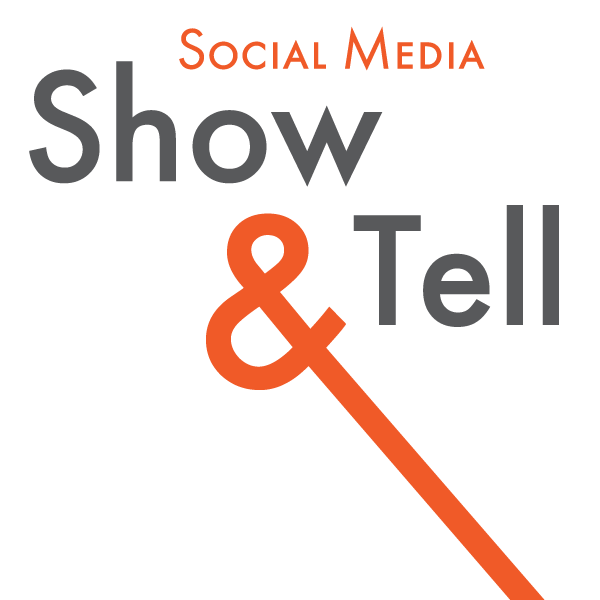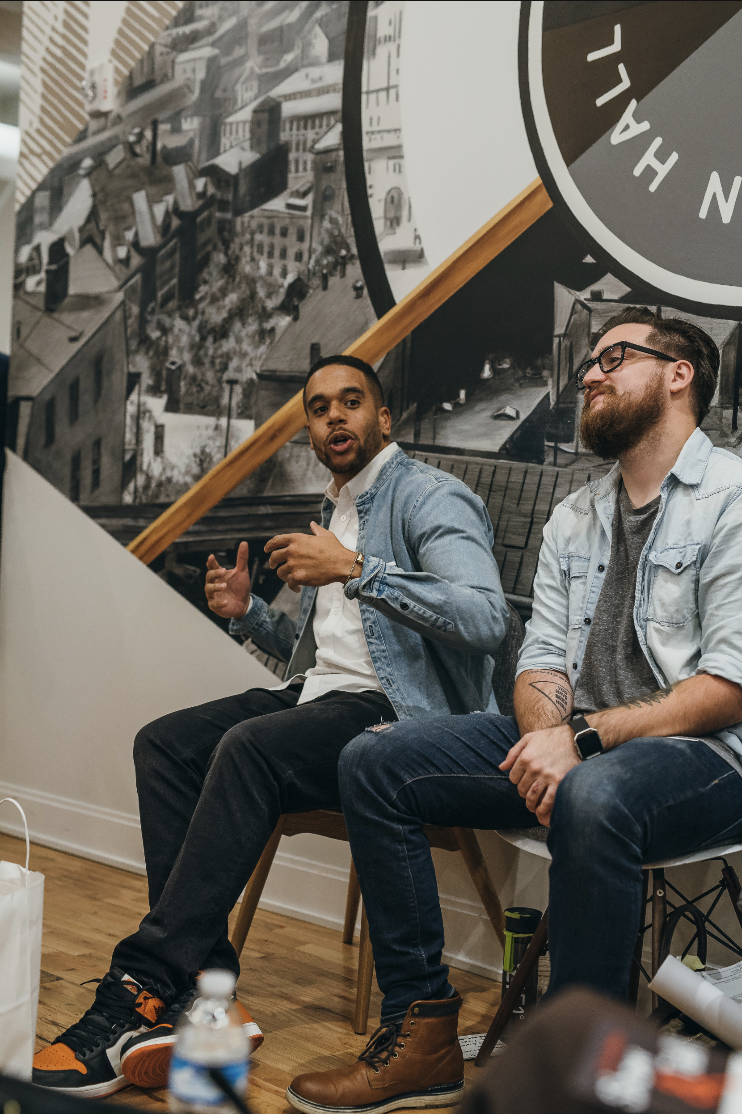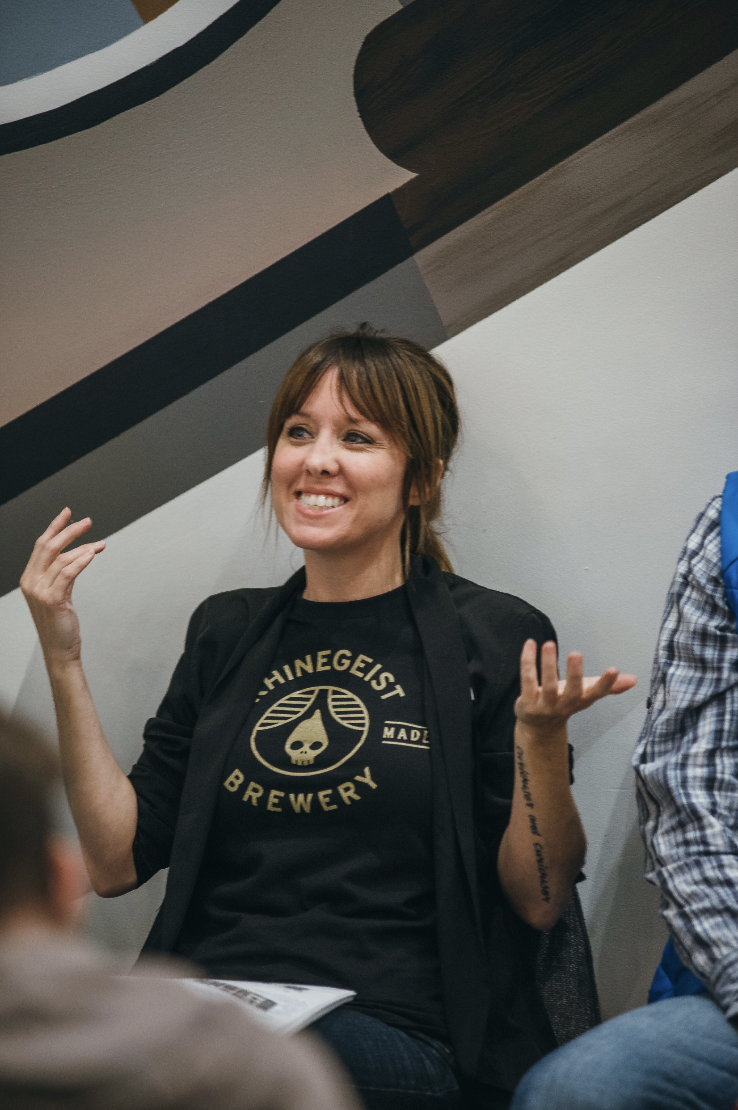Dec 2016 Recap
In our very first Social Media Show & Tell, we packed into Union Hall’s living room for an open forum event. Our panel included Brennan Hill (Crossroads Church), Shay Nartker (Frameri), Tracey Ireland (Rhinegeist), Jeremy K Smith (P&G), and Deidre Hazelbaker (Brandominium).
These five social media thought leaders provided new insights to any and all questions asked during the 2-hour event. Questions focused on three key topics: content, community, and paid ads.
So, what were our favorite insights?
Jeremy kicked things off by sharing a flop from Red Lobster: “Red Lobster got a shoutout in Beyonce’s newest album, and everyone thought they’d respond to it right away. But they waited and came out with a cheesy joke, which led to an unsuccessful social media opportunity. Don’t be a cornball and don’t try too hard. Always be authentic with the content you’re publishing.” Social media users want genuine, timely content they can relate to. Authentic content is what leads to higher engagement levels and stronger connections with your community.
Shay shared an experience where he was able to create a massive photo album for Frameri with one party. "We had no money for a full-blown model shoot, so instead we threw a party. I literally spent our entire photo shoot budget on beer. We invited all of our friends and gave out Frameri glasses for people to wear. We started shooting photos, and we ended up with super original content to use on our website. Everyone in the shoot was a real person in our community, and it allowed us to really connect with people."
Tracey shared Rhinegeist's unique adventure in social media. They recently tapped into a content trend that was started by their own customers. Tracey explained, "Each week we pick one photo from our customers to feature on Instagram and give them some swag items. We actually didn’t start the hashtag, #thisisrhinegeist. It was started by our customers, people who love our brand. We were able to jump on that trend and capitalize on the engagement." The content was real and honest, coming directly from their customers and being shared with their larger community. This contributed to Rhinegeist's expansion into new market areas like Boston. Rhinegeist didn't do a lot of advertising or influencer marketing when they started out in Boston. "We ended up creating an equity workbook (Archive of Thirst), and we got some traction from bloggers. But the majority of the awareness came from local people telling others who they knew in Boston. What really made it work was that we were approachable, which lead to a lot of engagement for us."
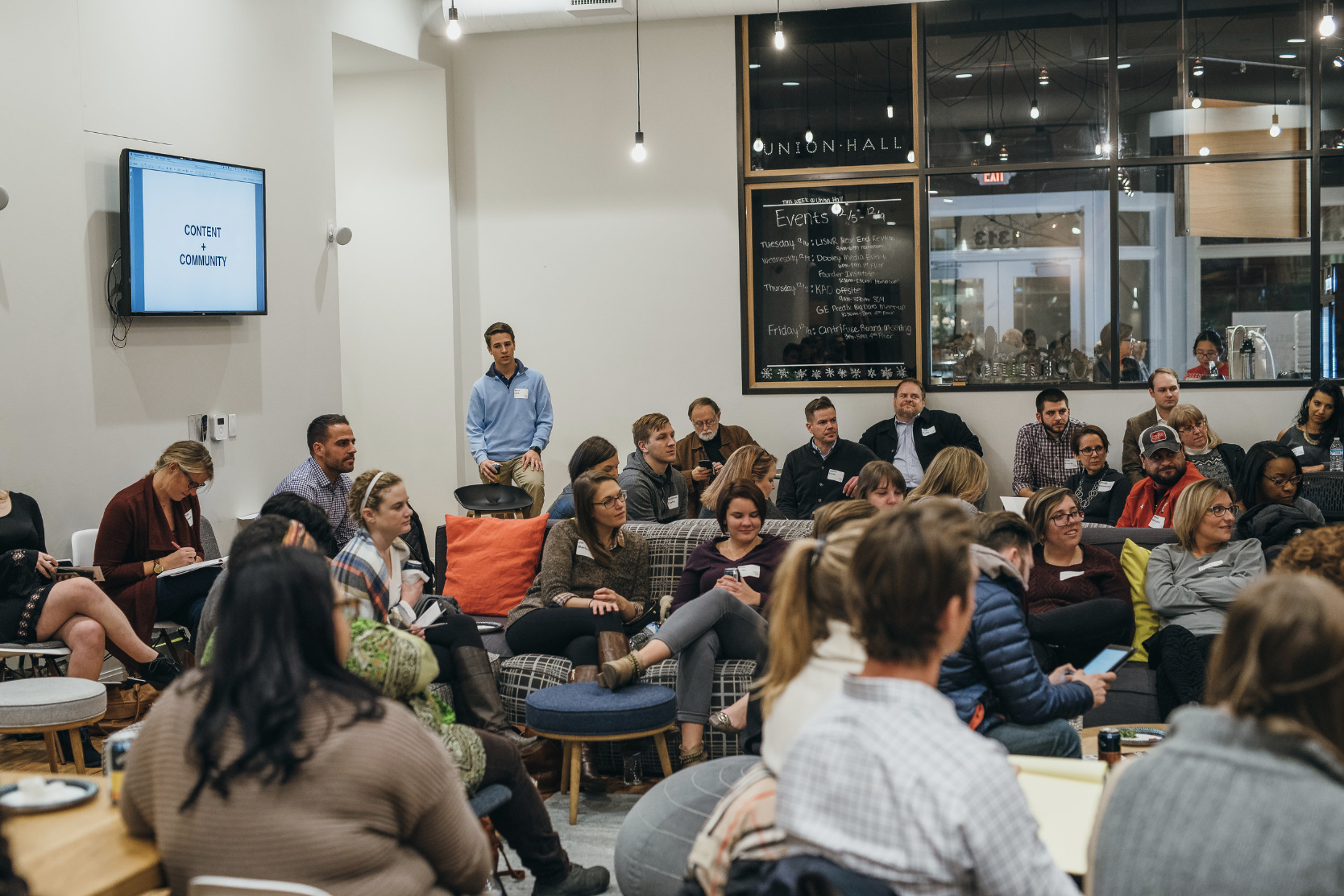

Deidre took the lead on the topic of community management, sharing that she tries to respond to everyone that interacts with her brands. "Anyone can be a micro-influencer. Take Tire Discounters, for example. A lot of people go to their dad for car help, so if I happen to respond to someone’s dad then that creates a micro-influencer. They're also spending money with us so they deserve a response. They may not have a lot of followers online, but they do have people in their life who trust their recommendation. That's important to consider." Again, the topic of authenticity became a hot point: "I take the extra effort to relate to the users I'm replying to. I'll go stalk their account page and learn more about them, and respond to them in a voice that matches their demographic and our brand. That extra connection shows people you're human and not some robot." Deidre strikes the right balance between efficiency (automation) and experience (personalization), allowing her to get to every comment and leave people with a great feeling.
A big challenge for anyone working in social media is dealing with negative comments. Brennan's approach has been to allow the community to manage it. "If you have a great brand or a great brand experience, then the community will put those types of things out for you. They will jump in and defend you and share nuances that others may not be able to see. Sometimes things can get a little too heated, which is where I try to take the situation into a more private setting. I'll say 'Hey so-and-so, please email me at johndoe@email.com'". A key takeaway is to always weigh your risks. If you have someone negatively commenting on your brand page, assess if your public response is worth it and if it can make a positive impact. If it is, choose to respond publicly or try to take the issue off of social media and into a more one-to-one environment. More often than not, your audience just wants to feel heard and that their experience matters.
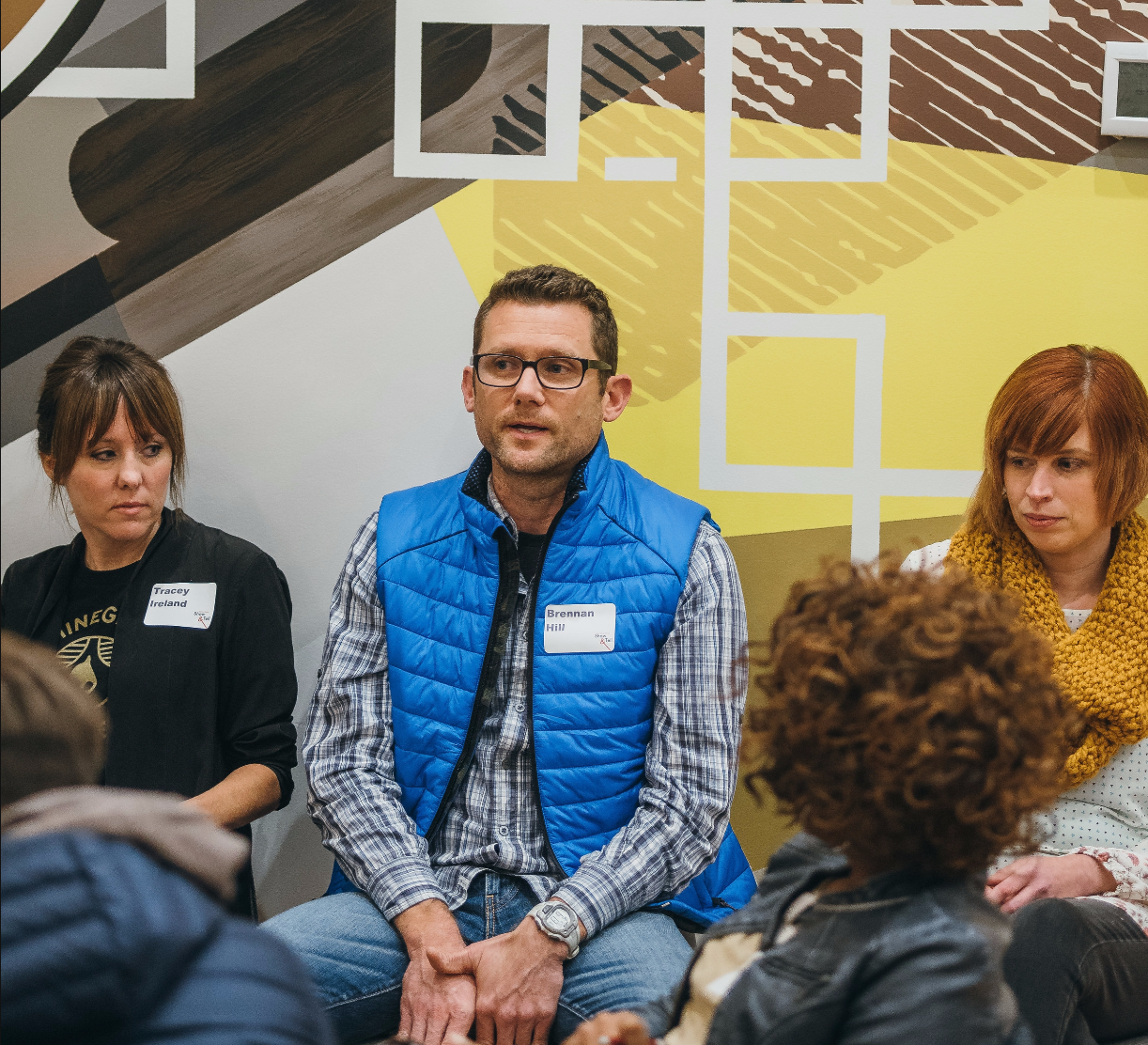


Our 3 Key Takeaways:
1. Authenticity was a big theme among all of our panelists. Being open and transparent is relatable and appealing, which ultimately means better engagement. This also manifests itself in the way you customize and target your content - is your stuff more 'spray and pray' or are you taking the time to make it relevant for each segment of your market? Social media platforms are getting more sophisticated with their targeting capabilities - it's time to take advantage.
2. Negative comments from trolls, bot accounts, or any other accounts can be the downfall of a brand if played wrong. Always weigh the risk versus the reward. If you can't decide, play it safe and try to take it into a more private environment. Asking a user to email or private message you may be a better option. You can also try to turn a negative comment into a positive experience.
3. Have purpose and intention with your brand's various social media accounts. Establish a strategy and direction for where your brand is headed and how the community can be a part of that (or which communities you need to be a part of to make that happen). Make sure you have a specific result in mind when sharing content so that you're not just publishing for the sake of publishing. Quality is always greater than quantity.
